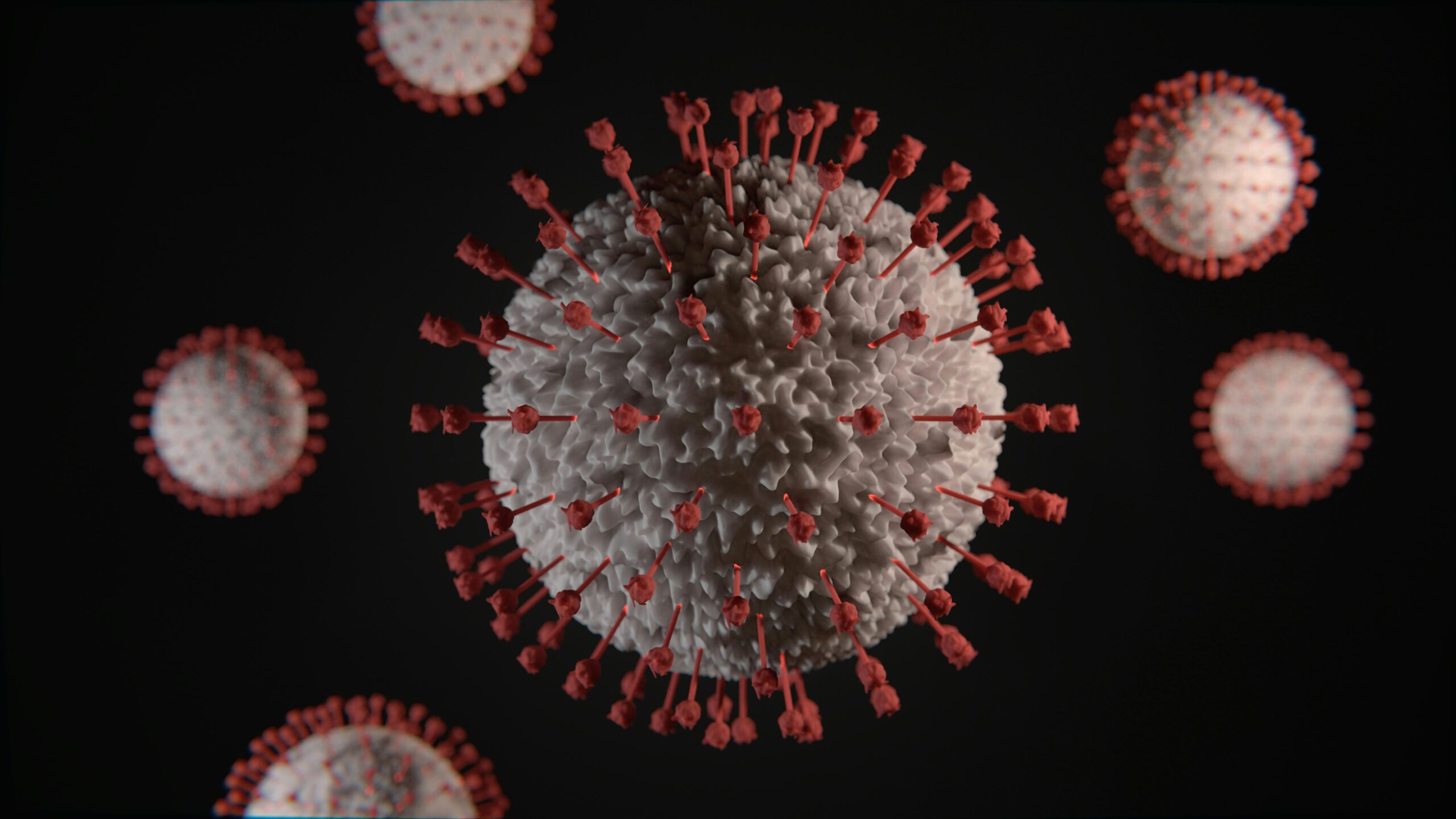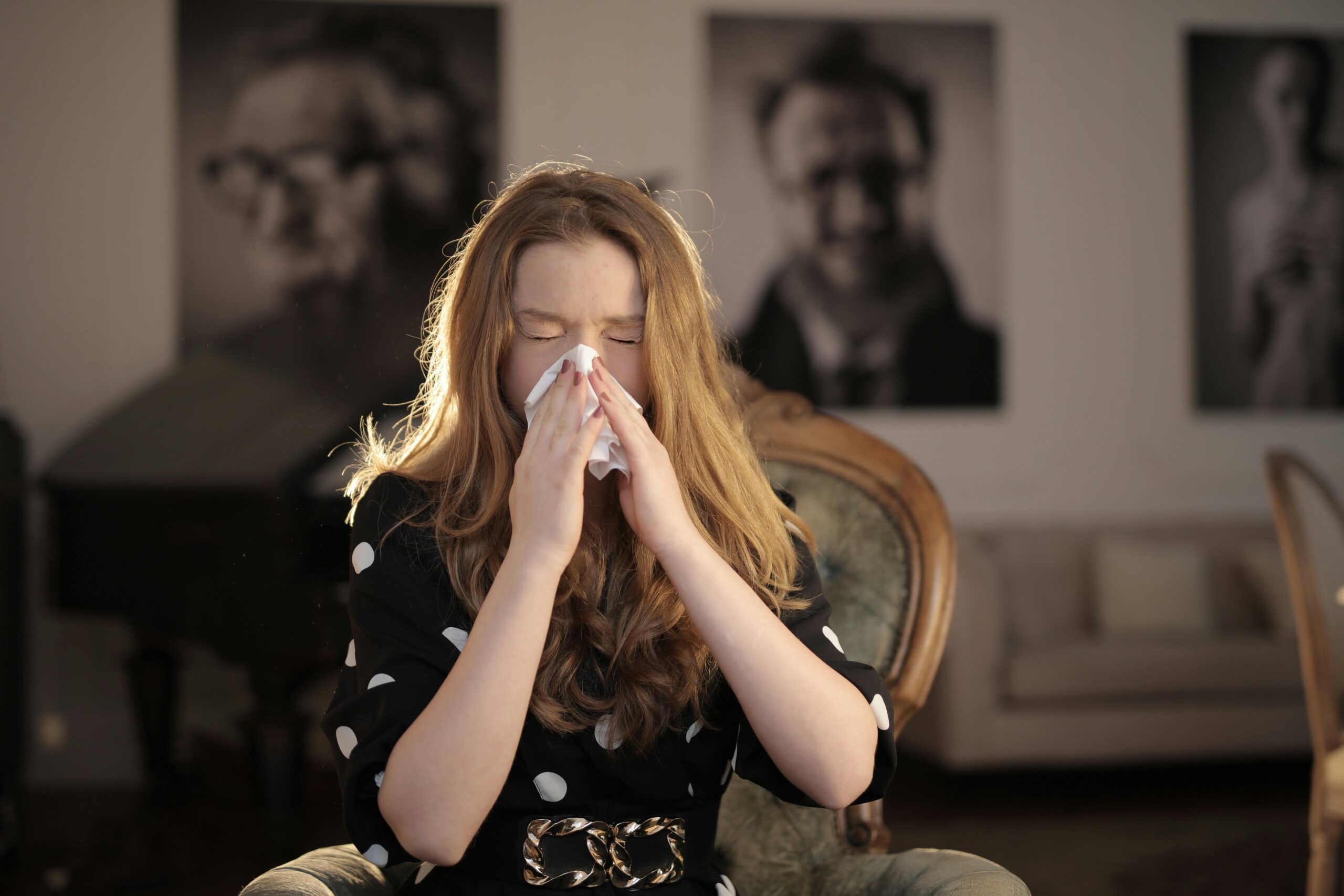Introduction
What do you need to know about the HMPV virus, one of the leading causes of respiratory infections? With its potential to cause anything from mild cold symptoms to severe respiratory distress, understanding this virus is crucial.
This article delves into the HMPV virus’s symptoms, transmission, and prevention to keep you informed and prepared.
What is HMPV Virus?
The HMPV virus belongs to the Paramyxoviridae family, the same family as respiratory syncytial virus (RSV) and the mumps virus. Discovered relatively recently, this virus has since been recognized as a major cause of respiratory tract infections globally.
1. Historical Overview
The HMPV virus was first identified in 2001 by a team of Dutch scientists. They isolated it from children with severe respiratory infections, marking a significant breakthrough in virology.
Since its discovery, researchers have worked to understand its behavior and epidemiology better. The identification of HMPV has helped fill gaps in understanding undiagnosed respiratory infections that had puzzled scientists for years.
2. Understanding its Genetic Structure
HMPV is an enveloped RNA virus with a single-stranded genome. It shares many genetic and structural similarities with RSV, making it a challenging pathogen to study and differentiate. HMPV has two major subgroups, A and B, each further divided into sub-lineages.
This genetic diversity contributes to its varied clinical presentations. Studying the genetic structure of HMPV is essential for developing effective diagnostic tools and potential vaccines.
Symptoms of HMPV Infection
The severity of HMPV infection symptoms can vary, influenced by factors such as the person’s age, overall health, and immune system strength.
1. Early Signs
In most cases, the HMPV virus causes mild, flu-like symptoms such as:
- Runny nose
- Cough
- Fever
- Sore throat
- Fatigue
These symptoms typically appear 3 to 6 days after exposure to the virus and may resolve within a week in healthy individuals.
2. Severe Symptoms
In some cases, particularly in young children, older adults, and immunocompromised individuals, the HMPV virus can lead to severe respiratory issues, including:
- Bronchiolitis
- Pneumonia
- Difficulty breathing
- Wheezing
Recognizing severe symptoms early is critical to preventing complications. Severe cases may require urgent medical attention and can lead to prolonged hospital stays, especially in high-risk patients.
How is HMPV Virus Transmitted?
HMPV is mainly transmitted via respiratory droplets released when an infected individual coughs or sneezes. It can also be transmitted by touching surfaces with the virus and then contacting the face, particularly the mouth, nose, or eyes.
Crowded places, such as schools, daycare centers, and nursing homes, are hotspots for HMPV outbreaks. The virus is most active during late winter and early spring, similar to the flu season. Understanding the modes of transmission is vital for implementing effective control measures to limit outbreaks.
Risk Factors for HMPV Infection
While anyone can contract the HMPV virus, certain groups are at a higher risk of severe illness:
- Infants and young children
- Elderly individuals (65+ years)
- People with chronic lung or heart diseases
- Immunocompromised patients (e.g., cancer patients, transplant recipients)
- Individuals with underlying medical conditions such as diabetes or asthma
Understanding these risk factors helps in prioritizing prevention and early treatment strategies. By identifying at-risk individuals, healthcare providers can offer tailored advice and intervention.
Diagnosing HMPV Virus
Diagnosing the HMPV infection usually requires both a clinical assessment and laboratory testing. A medical professional might request the following tests.
- Nasal swab – To collect respiratory secretions for detecting the virus using polymerase chain reaction (PCR) testing.
- Chest X-ray – To check for signs of pneumonia or other lung complications.
- Blood tests – To rule out bacterial infections and assess the severity of the infection.
Early diagnosis is essential for appropriate treatment, especially in high-risk patients. Rapid and accurate diagnostic tools can significantly reduce the burden of severe cases by facilitating timely medical intervention.
Treatment Options for HMPV Infection
At present, no specific antiviral treatment exists for the human metapneumovirus (HMPV). The primary goal of treatment is to relieve symptoms and avoid complications.
1. Supportive Care
For mild cases, supportive care includes:
- Rest and hydration
- Over-the-counter medications for fever and pain relief
- Using a humidifier to ease breathing
- Saline nasal sprays to relieve congestion
Supportive care aims to enhance the body’s natural immune response and promote faster recovery.
2. Medical Interventions
In severe cases, hospitalization may be required. Medical interventions can include:
- Oxygen therapy for patients with breathing difficulties
- Intravenous fluids to prevent dehydration
- Mechanical ventilation in critical cases
- Administration of bronchodilators to relieve airway obstruction
These interventions aim to stabilize patients and prevent life-threatening complications, especially in those with pre-existing health conditions.
Preventing the Spread of HMPV Virus

Reducing the spread of the HMPV virus relies heavily on prevention, particularly among those at higher risk.
1. Hygiene Practices
Practicing proper hygiene habits can greatly lower the likelihood of contracting an infection:
- Frequent handwashing with soap and water
- Using alcohol-based hand sanitizers
- Avoiding close contact with sick individuals
- Disinfecting commonly touched surfaces
Educating communities on hygiene practices can create a collective defense against the spread of HMPV.
2. Vaccination Research
Although no vaccine for the HMPV virus has been approved yet, research efforts are still underway. Scientists are exploring various vaccine candidates to provide long-term protection, especially for high-risk groups.
Advances in biotechnology and virology hold promise for developing an effective vaccine that could drastically reduce the incidence of HMPV infections.
HMPV Virus in Children and Elderly
Children and elderly individuals are the most affected by the HMPV virus due to their weaker immune systems. In children, the virus is a major contributor to bronchiolitis and pneumonia, frequently leading to hospitalization.
Symptoms in children can escalate quickly, leading to complications if not addressed promptly. In elderly individuals, it can exacerbate existing health conditions, such as chronic obstructive pulmonary disease (COPD) or heart failure, further complicating recovery.
Global Impact of HMPV Virus
The HMPV virus poses a significant global health challenge due to its widespread prevalence and impact on healthcare systems.
1. Economic Burden
HMPV related hospitalizations and medical care contribute to the economic burden on families and healthcare providers. This is particularly the case in under-resourced areas where access to healthcare is restricted. Additionally, the loss of productivity due to illness and caregiving responsibilities adds to the financial strain.
2. Public Health Implications
Outbreaks of the HMPV virus strain healthcare systems during peak seasons. Public health campaigns focused on education and prevention are essential to mitigate its spread. Enhancing surveillance systems and promoting research collaborations can help curb the global impact of HMPV.
Conclusion
The HMPV virus is a significant cause of respiratory infections worldwide, particularly in vulnerable populations. Although many infections are mild, more severe cases can result in significant health issues.
By understanding its symptoms, transmission, and prevention strategies, individuals and healthcare systems can better manage and reduce the impact of this virus. Ongoing research into vaccines and treatments offers hope for a future with fewer HMPV-related illnesses.
Through public health initiatives and community awareness, we can collectively combat the spread of this virus and protect those most at risk.
Frequently Asked Questions (FAQs)
1. Is HMPV serious?
It can be serious, especially in infants, elderly, and immunocompromised individuals, potentially causing severe respiratory illness.
2. Is HMPV worse than RSV?
HMPV and RSV cause similar illnesses, but RSV is generally considered more severe, particularly in infants.
3. How do you treat HMPV?
There is no specific treatment; supportive care includes rest, hydration, and managing symptoms like fever or breathing difficulties.
4. How contagious is human metapneumovirus?
HMPV is highly contagious, spreading through respiratory droplets, direct contact, or contaminated surfaces.










